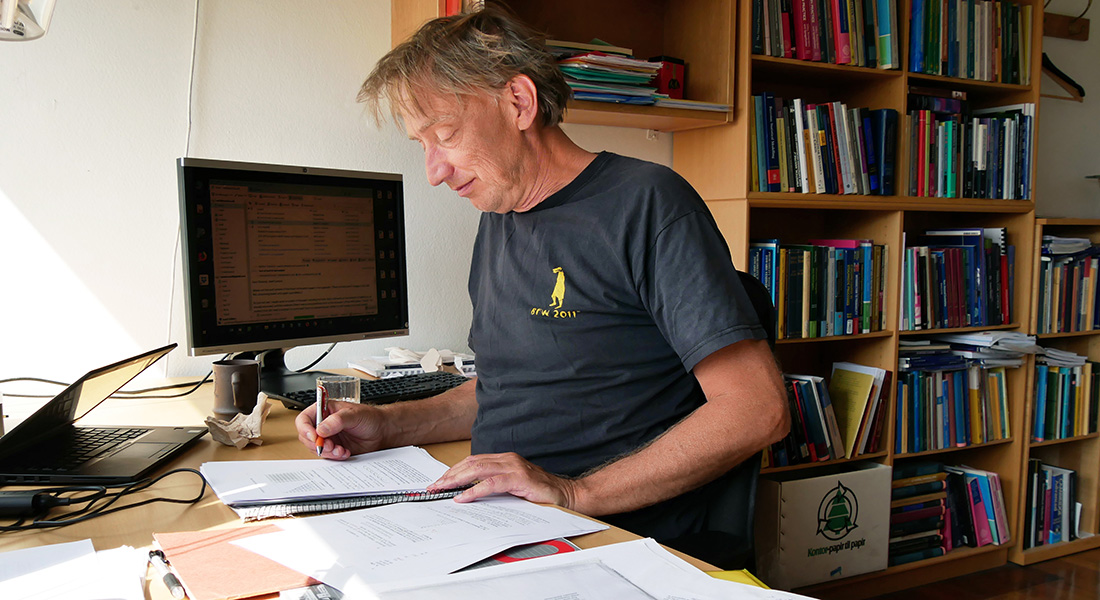Mathematicians chart human prehistory
Mathematicians, statisticians and bioinformatics from the universities of Copenhagen and Aarhus are developing tools to make DNA discoveries even more useful in mapping human prehistory. Professor Carsten Wiuf from the Department of Mathematical Sciences is leading the project.

Man originated in Africa for approx. 200,000 years ago. About 100,000-50,000 years ago, it had left Africa and spread across most of the globe to Europe, Asia and America. Over this long period, populations were divided into smaller populations and other populations were mixed together as a result of colonization, conflicts, disasters and migrations.
These migration and expansion patterns can be compared to a large spider web, where threads are entangled and split into complicated patterns. These patterns can be decoded in genetic data from modern man and from fossils.
The Independent Research Fund Denmark has allocated DKK 5.4 million DKK for the project "Tangled webs of human splits and mergers - mathematical population genetics on graphs". The purpose is to develop advanced mathematical and computational methods to perform the above decoding, based on large amounts of genetic data.
A cardinal point is to understand population patterns using graph theory and how a graph can be determined from genetic data using statistical methods.
Leading the project is Professor Carsten Wiuf from the Department of Mathematical Sciences, University of Copenhagen. His collaborators are Thomas Mailund from the Center for Bioinformatics at Aarhus University and Anders Albrechtsen from the Department of Biology, University of Copenhagen.
Carsten Wiuf's research can be divided into three stages. First, he and his colleagues must develop the mathematical and statistical tools that will fulfil the project's ambitious goals. Second, the mathematical tools must be validated on pre-existing knowledge. Last but not least, the mathematical tools must be used to create entirely new insights into our ancestors' doing and barn.
The journal Aktuel Naturvidenskab (4/2019) brings a longer article with interviews and background material on the research project. Read the full article, Matematikere kortlægger menneskets forhistorie (in Danish).
Project details
Project:
Tangled webs of human splits and mergers – mathematical population genetics on graphs
Project period:
01-01-2019 - 31-12-2021
Funding:
5,4 millio DKK from the Independent Research Fund Denmark
Contact:
Carsten Wiuf
Professor
Department of Mathematical Science
wiuf@math.ku.dk
Tel.: +45 51 31 99 91
